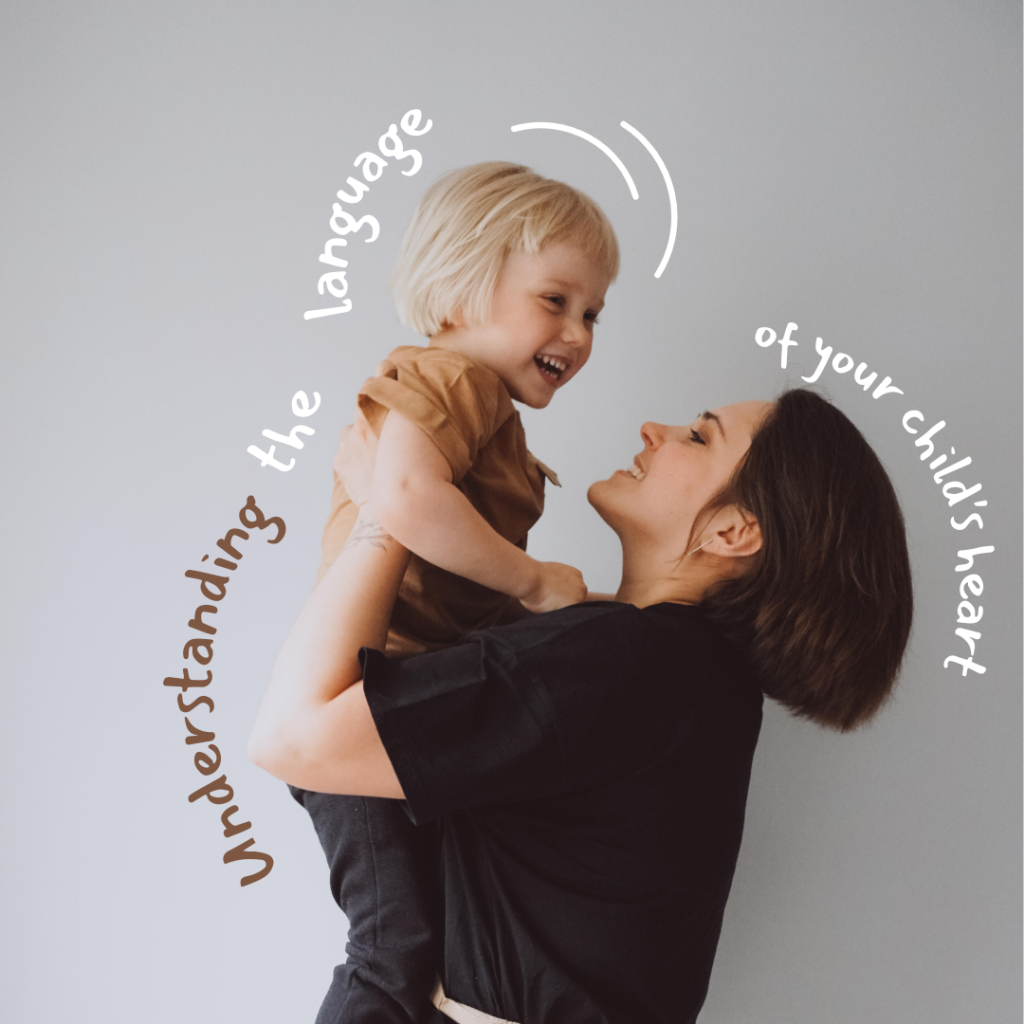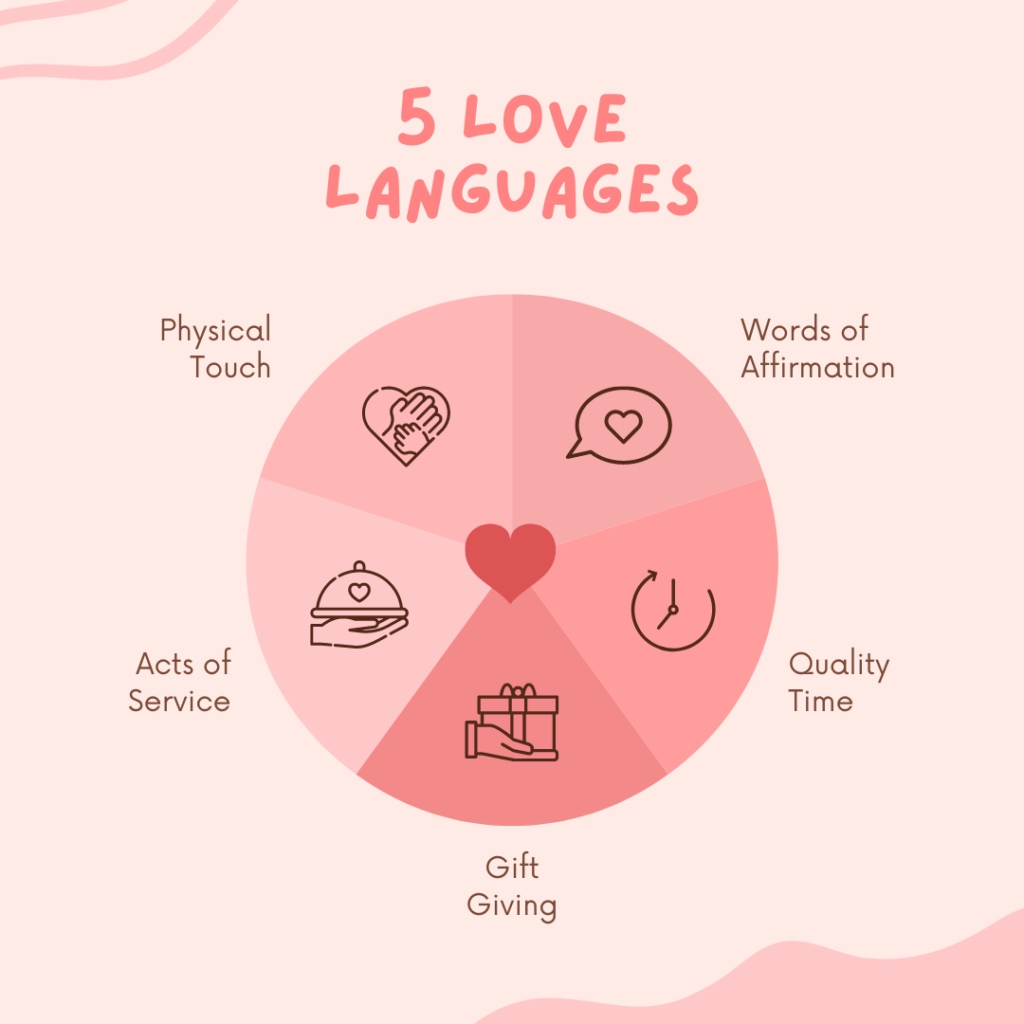Understanding the Language of your Child’s Heart

Introduction
As parents, we all want to show our children that we love and support them. However, sometimes it can feel like we’re speaking a different language than our children when it comes to expressing love and appreciation. What feels meaningful and loving to one child might not resonate with another. This is where understanding your child’s love language comes in. In this blog, we’ll explore what love languages are, why they matter, and how to identify your child’s primary love language. By understanding and nurturing your child’s love language, you can strengthen your relationship and show your child that they are loved and valued. So, let’s dive in and learn more about the language of your child’s heart.
Understanding the Five Love Languages
The concept of the “language of the heart” was popularized by Dr. Gary Chapman in his book, “The Five Love Languages.” According to him, each of us has a primary love language, which is the way we most naturally give and receive love. By understanding our child’s primary love language, we can better express our love and support in a way that they truly feel and understand.
The five love languages are:

- Words of Affirmation: Expressing love and appreciation through words, such as compliments, encouragement, and verbal expressions of love.
- Quality Time: Spending time together and giving your child your undivided attention. This could involve playing games, doing activities, or simply having meaningful conversations.
- Acts of Service: Doing things for your child, such as making their favorite meal, doing their laundry, or helping them with their homework.
- Physical Touch: Expressing love through physical touch, such as hugs, kisses, and other forms of affection.
- Gifts: Expressing love through giving gifts, such as small tokens of appreciation or thoughtful gestures.
Identifying Your Child’s Primary Love Language
To identify your child’s primary love language, pay attention to how they express their love to others. For example, if your child is always hugging and cuddling, physical touch may be their primary love language. Alternatively, if your child often compliments others or seeks words of affirmation, words of affirmation may be their primary love language.
You can also ask your child directly how they like to receive love and support. You might be surprised at their answer!
Nurturing Your Child’s Love Language
Once you’ve identified your child’s primary love language, it’s important to nurture it consistently. Here are some tips for nurturing each of the five love languages:
- Words of Affirmation: Praise your child for their efforts and accomplishments, and encourage them to pursue their passions and interests.
- Quality Time: Schedule regular one-on-one time with your child, and let them choose the activities. Put away your phone and other distractions during this time to show your child that they have your undivided attention.
- Acts of Service: Show your child that you care by doing small things for them, such as making their bed or packing their lunch. You can also involve them in household chores and teach them the value of hard work.
- Physical Touch: Hug your child frequently, and show affection through other physical gestures, such as holding hands or patting them on the back.
- Gifts: Give your child small tokens of appreciation, such as a note or a small treat. However, be careful not to go overboard with material gifts, as they can sometimes overshadow the importance of other love languages.
Identifying Your Own Love Language
Identifying your own love language can help you communicate your love and support to your child in a way that feels natural and authentic to you. Here’s how to identify your own love language:
- Reflect on how you express love: Think about how you typically express love and affection to others. Do you tend to give compliments or say “I love you” frequently? Do you enjoy spending quality time with your loved ones? Do you often do things for others, such as cooking or cleaning? Do you give small gifts or tokens of appreciation? Do you enjoy physical touch, such as hugs or holding hands? By reflecting on how you naturally express love, you may be able to identify your own love language.
- Consider how you like to receive love: Think about how you feel loved and appreciated by others. Do you prefer words of affirmation, quality time, acts of service, physical touch, or receiving gifts? By considering how you like to receive love, you can identify your own primary love language.
Once you’ve identified your own love language, it’s important to communicate it to your child. This can help them understand how you express love and support, and make it easier for them to reciprocate in a way that feels meaningful to you. For example, if your primary love language is acts of service, you might explain to your child that you feel loved when they help out around the house or do something thoughtful for you. This can help them understand how to show their love and appreciation in a way that feels natural and meaningful to you.
Conclusion
Understanding the language of your child’s heart is essential to building a strong and healthy parent-child relationship. By identifying your child’s primary love language and nurturing it consistently, you can show your child that they are loved and valued. Additionally, by identifying your own love language, you can communicate your love and support to your child in a way that feels authentic and natural to you. Remember, the most important thing is to express your love and support consistently and authentically, no matter what your love language may be.






